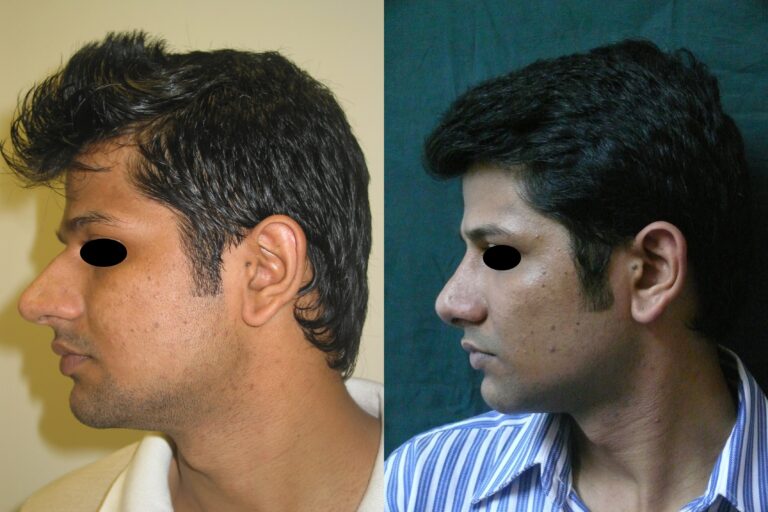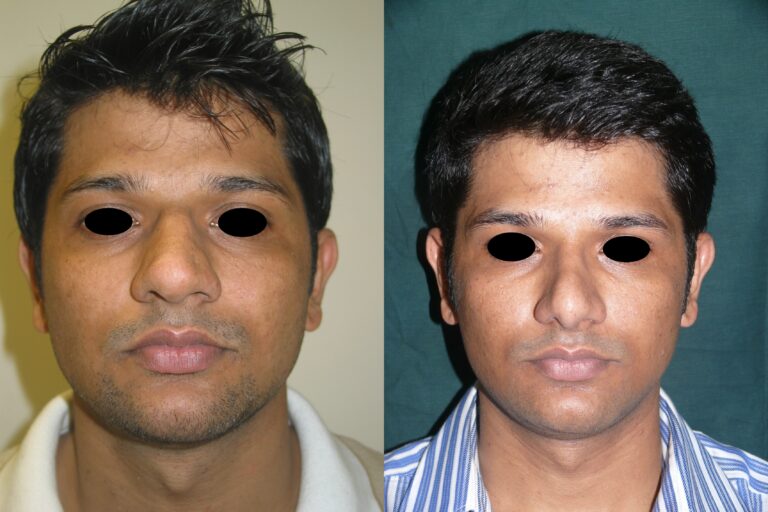Rhinoplasty
About Rhinoplasty



Rhinoplasty is a surgery performed to alter the appearance of the nose.
Sometimes the presenting complaint of the patient may be difficulty in breathing along with the apperance.
The resulting deformity of the nose may be developmental or may be due to an injury. Be sure to discuss your expectations from the surgery with your surgeon.
Indications:
- Size change
- Angle change
- Straightening the bridge of the nose
- Reshaping the tip of the nose
- Narrowing the nasal base or nostrils
What to expect?
- Rhinoplasty is a surgery which has no fixed steps as every nose is unique and the expected result is very different in every case.
- The surgeon has to alter the steps according to the individual expectations of the patient.
- The surgery will be performed in General anesthesia and a small incision may be visible on the undersurface of the nose(very difficult to notice.)
- Immediately Post-operatively there may be nasal pack which will remain in place for a period of 48 hours.
Risks
- Difficulty in breathing
- Numbing of the nose
- Nosebleeds
- Scars
- Asymmetrical nose
Recovery
The first week after a Rhinoplasty, people usually wear a nasal splint.
Post surgery, you can expect some swelling and bruising around the eyes which will start to fade after the third day. Although in some cases, swelling may last up to two weeks.
You can expect your nose to have a little bit of swelling, which probably will only be noticeable to you and your surgeon. However, this will also fade away over a period of six months. The final shape of your nose will be prominent only after it has completely healed.
Most important thing to keep in mind is that you must avoid any strenuous activity up to six weeks post surgery. There is very less downtime after rhinoplasty and you may return to your social activities as early as two to three weeks post surgery; without any obvious signs that you have had any procedure done.
You can expect your nose to have a little bit of swelling, which probably will only be noticeable to you and your surgeon. However, this will also fade away over a period of six months. The final shape of your nose will be prominent only after it has completely healed.
Most important thing to keep in mind is that you must avoid any strenuous activity up to six weeks post surgery. There is very less downtime after rhinoplasty and you may return to your social activities as early as two to three weeks post surgery; without any obvious signs that you have had any procedure done.
